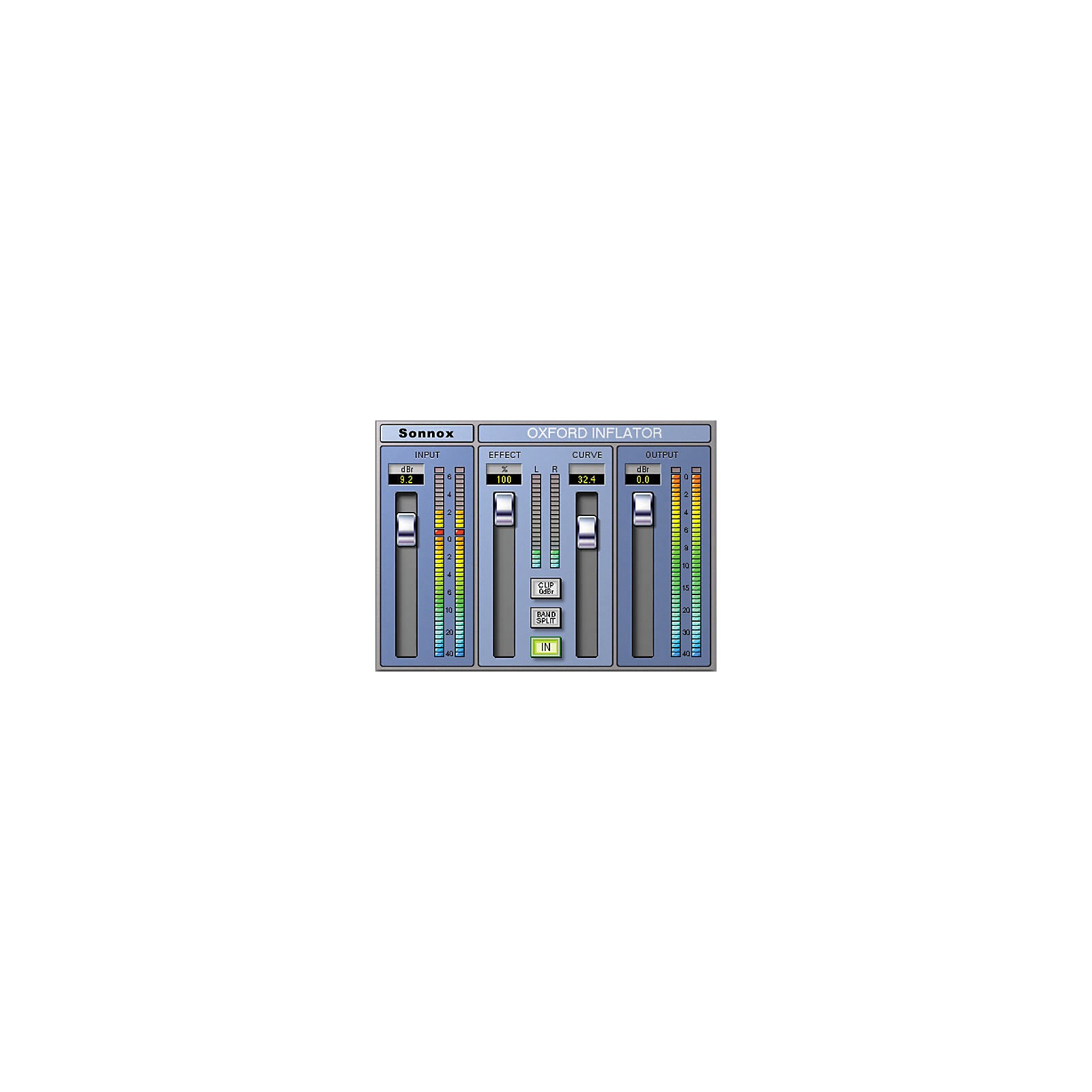
This is the step where you can straight up make or break your master. If you have NO idea what that means about and want to seriously nerd out for the next 20 minutes, you can watch this mind-blowing video from Fabfilter here: I’m not going to get into that here, but generally speaking, high passing how I wrote above works well in most cases. Still opt for a lower dB/Oct value, but it doesn’t have to be quite as low as the mids (18dB/octave is fine).įor you more advanced producers, you may know that high passing at such low frequencies (especially in the mids) can cause some phase issues. Sides: attempt to high pass up to somewhere between 150-200Hz. Mids: try to high pass somewhere around or just above 35Hz with a low decibel/octave value (I usually use 12dB/octave).

Grab a parametric EQ, flip it into mid-side mode, and add two high pass filters: one for the mids, one for the sides. High Pass Filter: Next, I want to get rid of any unnecessary low end rumble in the track. Some common problem areas tend to be around 200 Hz, 1kHz, and 4-5kHz (but this varies a LOT song to song).Ģ. Do this at least a couple times in the frequency spectrum. I like to reduce somewhere between 1-2dB with a Q value of somewhere between 5-10. Slowly sweep through the frequency spectrum until you find a frequency that doesn’t sound so nice, and then reduce it.

To do this, add on a parametric EQ, grab one of the nodes, and boost it up 15+ dB with a narrow Q (try 10 for the Q value). Small notch reductions: look for 2-4 frequencies in your track that sound harsh and resonant. Do this in two steps, with two separate plugins:ġ. Here, we just want overall EQ for the whole track. Remember, any instrument-specific EQ you should be doing as part of your mixing process (for example, if you need to EQ your snare drum, go back to your project file and do it there, don’t try to fix it during mastering). Next, you’re going to take away some of the frequencies in your track that you don’t need anymore. Stereo Visualizer - these are useful for two reasons: 1) visualizing the stereo width of your song, and 2) understanding how much phase cancellation might be happening in the track. Add in a spectrum analyzer so we can see the frequency spectrum of our track and the references.ģ.

Spectrum Analyzer - we want to be able to look at different frequencies of our track and make adjustments as needed. I won’t get into the weeds of what LUFS is or the LUFS vs RMS debate, but the short of it is that LUFS is a super accurate perceived volume measurement and it’s the metric that streaming services rely on to calibrate loudness between songs.Ģ. Loudness Meter - pick a metering plugin that can measure loudness in LUFS. On your master output, set up three types of metering plugins - we’re going to use these to compare our track to our reference tracks:ġ. Visual tools help confirm what our ears our hearing and help calibrate our ears in different studio environments. That said, that doesn’t mean you can’t also use some visual tools to help as well.
SONNOX OXFORD INFLATOR REVIEW HOW TO
If you want to learn how to master a song, you should be trusting your ears in the mastering process. Here is how you master a song in any DAW.

Yep, that’s right - Ableton, Logic, FL Studio, whatever you’re using, you can do your masters right there.Īnd the best part? Mastering itself isn’t that hard, so long as you have a bit of guidance. The way you master can become part of your signature sound. Each track needs to be mastered differentlyģ. Maybe these services had a “grammy winning engineer” help build their product (or come in for a one-hour consulting session….), but automated services just don’t get you the results you need.
SONNOX OXFORD INFLATOR REVIEW PROFESSIONAL
It drove me NUTS.īut once I figured out how to master a song, I was able to get over this hurdle and bring my productions to a whole new level.īefore we dive in, there is something I have to mention up front: nowadays, it’s tempting to just use an online, automated mastering service.īut the truth is, I don’t know a SINGLE professional producer (or a good up-and-coming producer, for that matter) who has ever used one. When I was starting out as a producer, I couldn’t tell you how many times I thought I had a well-produced song, but it still sounded too quiet, too muddy, and lacked that professional polish and shine. It’s simple: if you want your music to sound on par with the pros, it needs to be mastered well. I know why you want to learn how to master a song.


 0 kommentar(er)
0 kommentar(er)
